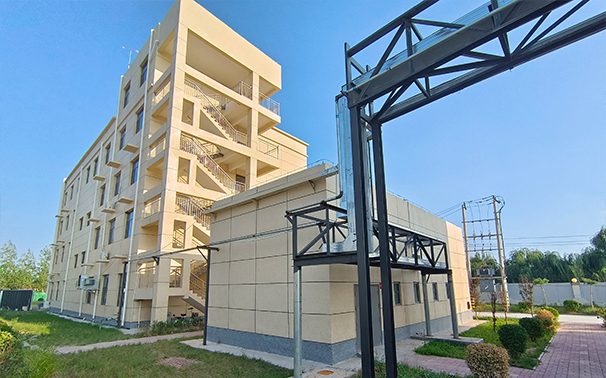hydrolyzed polyacrylamide
Understanding Hydrolyzed Polyacrylamide Applications and Benefits
Hydrolyzed polyacrylamide (HPAM) is a water-soluble polymer derived from polyacrylamide through a hydrolysis process. This transformation alters the polymer's properties, enhancing its usability in various industrial and commercial applications. HPAM is particularly valued for its ability to increase viscosity and act as a flocculant, making it an essential ingredient in several industries, including oil and gas, agriculture, and wastewater treatment.
Composition and Properties
Hydrolyzed polyacrylamide is produced by partially hydrolyzing polyacrylamide, resulting in a product that contains both acrylamide units and carboxylic acid groups. The degree of hydrolysis can significantly influence its physical and chemical properties. For example, higher hydrolysis levels can lead to better solubility in water, increased viscosity, and enhanced interactions with other chemical compounds. This versatility makes HPAM an ideal choice for applications requiring specific performance characteristics.
Applications in Various Industries
1. Oil and Gas Industry One of the most significant applications of hydrolyzed polyacrylamide is in the oil and gas sector, where it is primarily used during hydraulic fracturing. HPAM serves as a thickening agent in the fracturing fluid, allowing for better containment of proppants within the fractures in the rock. This ensures efficient oil and gas extraction, leading to increased production yields.
2. Agriculture In agriculture, HPAM is utilized as a soil conditioner. Its ability to increase water retention in the soil helps improve crop yields, particularly in arid regions. By holding moisture in the soil, HPAM reduces the need for frequent irrigation, promoting sustainable water use in farming practices.
hydrolyzed polyacrylamide

3. Wastewater Treatment Hydrolyzed polyacrylamide is also a key component in wastewater treatment processes. It acts as a flocculant, aiding in the aggregation of suspended particles, which simplifies their removal from water. This property is crucial in municipal wastewater treatment facilities where effective clarification processes are needed to ensure clean effluent.
4. Cosmetics and Personal Care In the cosmetics industry, HPAM is often found in products like lotions and creams as a thickening agent and stabilizer. It enhances the texture and consistency of formulations, making products more appealing to consumers while providing smooth application.
Environmental Considerations
While the benefits of hydrolyzed polyacrylamide are extensive, it is essential to consider its environmental impact. HPAM is generally considered safe for use; however, concerns arise regarding its biodegradability and potential toxicity in aquatic environments. Research is ongoing to develop more environmentally friendly alternatives and formulations that can minimize any adverse effects while maintaining performance efficacy.
Conclusion
Hydrolyzed polyacrylamide is a versatile polymer with numerous applications across various sectors. Its ability to enhance viscosity, act as a flocculant, and improve water retention makes it an indispensable component in many processes. As industries continue to seek sustainable practices, the development of eco-friendly formulations of HPAM will play a crucial role in ensuring its continued relevance in the marketplace. As awareness grows about environmental impacts, innovations in polymer chemistry will likely lead to safer alternatives without compromising performance, paving the way for a more sustainable future in industrial applications.
-
lk-319-special-scale-and-corrosion-inhibitor-for-steel-plants-advanced-solutions-for-industrial-water-systemsNewsAug.22,2025
-
flocculant-water-treatment-essential-chemical-solutions-for-purification-processesNewsAug.22,2025
-
isothiazolinones-versatile-microbial-control-agents-for-industrial-and-consumer-applicationsNewsAug.22,2025
-
scale-inhibitor-key-solutions-for-water-system-scale-preventionNewsAug.22,2025
-
organophosphonates-versatile-scale-inhibitors-for-industrial-water-systemsNewsAug.22,2025
-
scale-and-corrosion-inhibitor-essential-chemical-solutions-for-water-system-maintenanceNewsAug.22,2025





